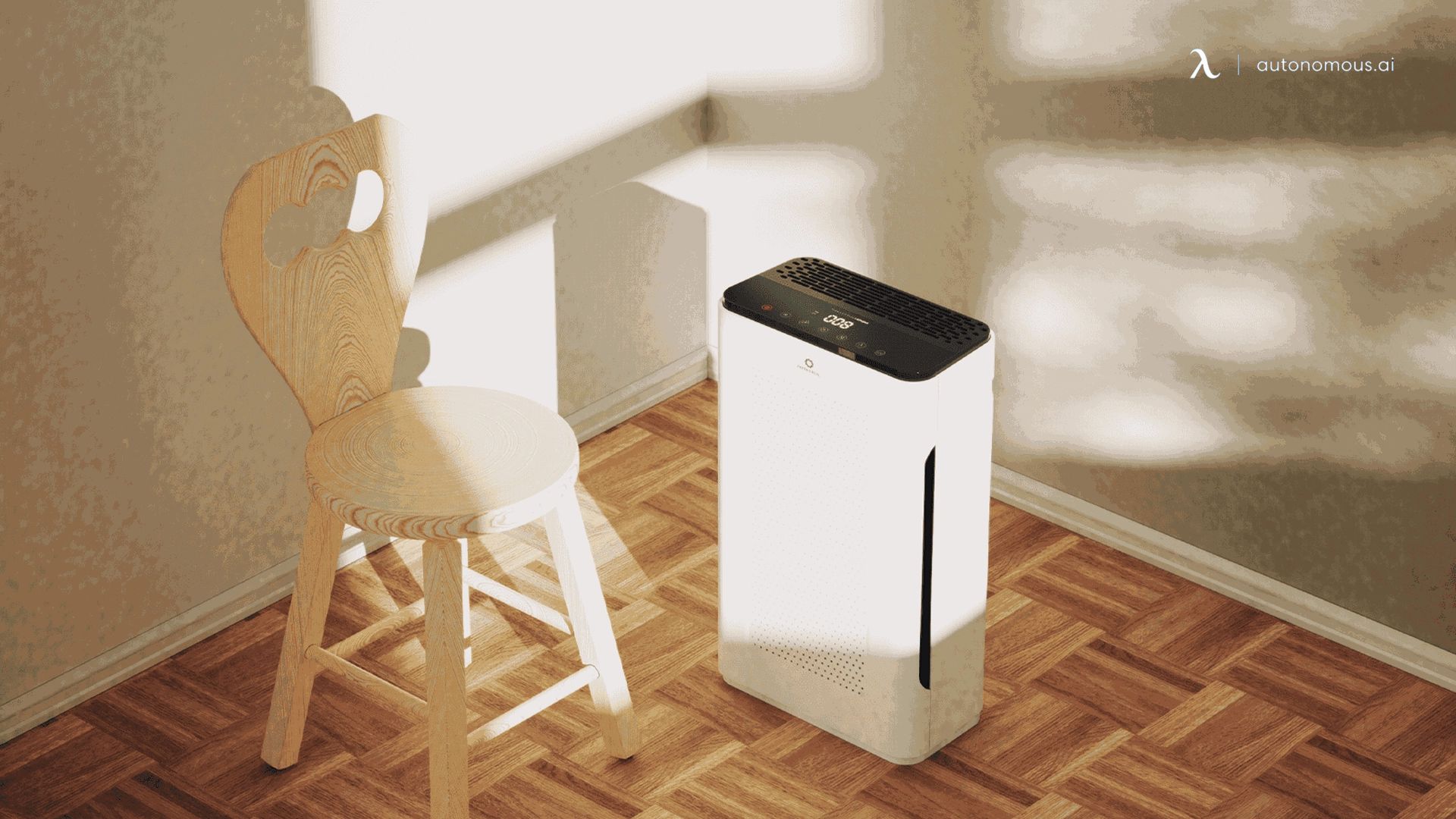
Solar Shed Dehumidifiers: How to Keep Your Shed Dry and Mold-Free
Table of Contents
Sheds are a convenient storage solution for tools, equipment, and seasonal items, but they often face one major issue—humidity buildup. Excess moisture can lead to mold, mildew, rust, and wood rot, damaging stored items and compromising the shed’s structural integrity. A solar shed dehumidifier offers an energy-efficient, off-grid solution to keep your shed dry and well-ventilated without increasing electricity costs.
In this guide, we’ll explore why humidity is a problem in sheds, how solar-powered dehumidifiers work, their benefits, and how to choose the right system for your needs.
Why Humidity Is a Problem in Sheds
Sheds are often poorly ventilated, making them susceptible to excess moisture buildup. Here’s why humidity can be a serious issue:
1. Causes Mold and Mildew Growth
High humidity creates the perfect environment for mold and mildew, which can spread quickly and damage stored items, wooden structures, and insulation.
2. Leads to Rust and Corrosion
Metal tools, machinery, and bicycles stored in a damp shed are prone to rust and corrosion, reducing their lifespan and effectiveness.
3. Warps and Weakens Wood
If your prefab shed is made of wood, excess moisture can cause warping, cracking, and eventual decay, weakening the overall structure.
4. Encourages Pest Infestations
A damp shed attracts pests such as termites, rodents, and insects, which thrive in humid environments and can cause further damage to stored belongings.
Installing a solar dehumidifier for your shed helps prevent these issues by removing excess moisture from the air in an eco-friendly, cost-effective way.
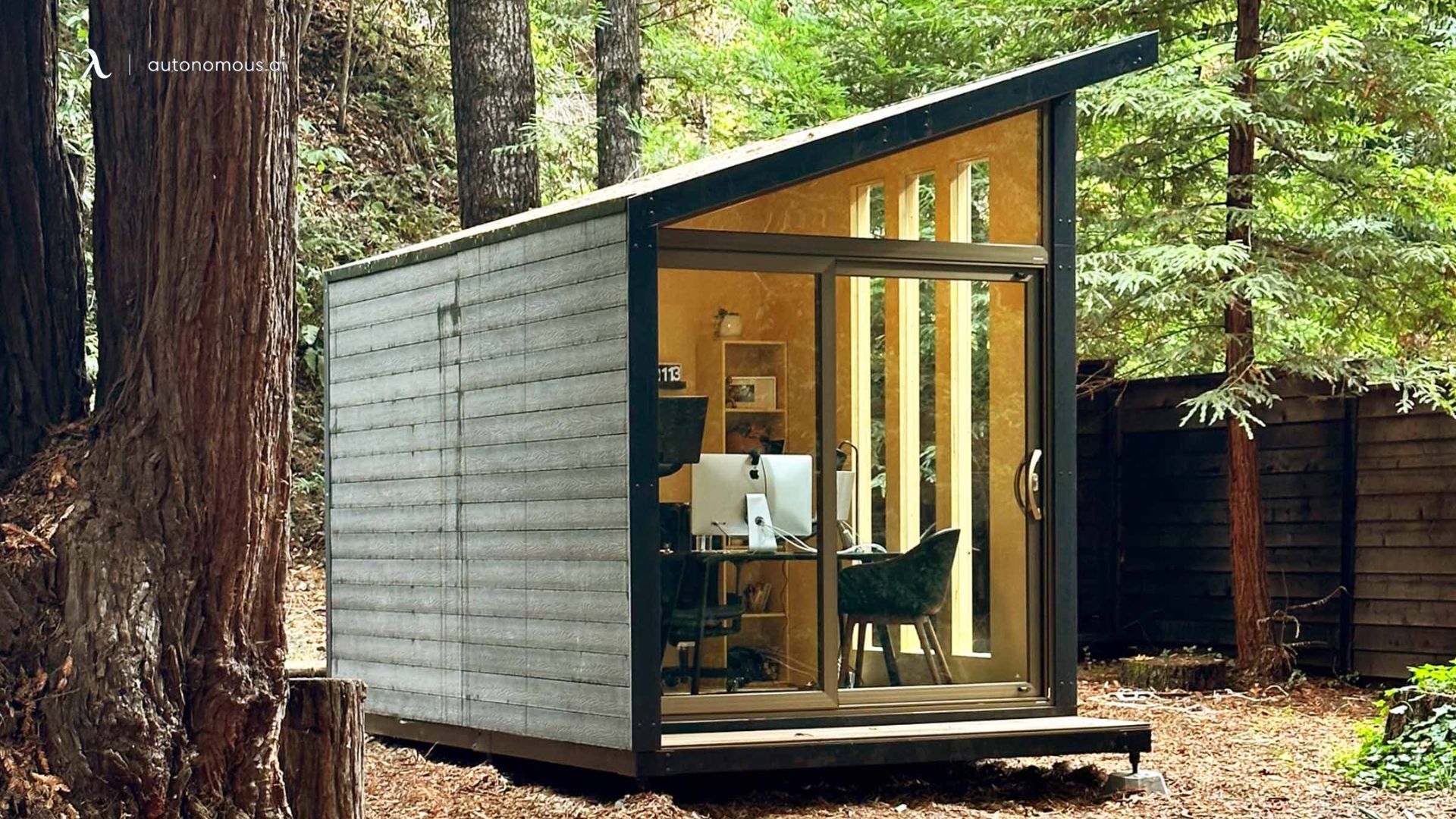
How Does a Solar Shed Dehumidifier Work?
A solar shed dehumidifier operates by using solar energy to remove excess moisture from the air, keeping your shed dry, mold-free, and well-ventilated without relying on traditional electricity. These systems work similarly to conventional dehumidifiers but are powered entirely by the sun, making them a cost-effective and eco-friendly solution for off-grid locations.
The Basics of Solar-Powered Dehumidification
A solar shed dehumidifier works by drawing in humid air, extracting excess moisture, and then releasing dry air back into the environment. This process helps regulate humidity levels inside a shed, preventing condensation, mold growth, and damage to stored items.
The key difference between a solar-powered dehumidifier and a traditional unit is how it gets its energy:
- Solar dehumidifiers use solar panels to generate power from sunlight, eliminating the need for electrical outlets.
- Moisture is removed from the air through either condensation-based cooling or desiccant-based absorption (depending on the model).
- Some models store excess energy in a battery, allowing them to operate during cloudy days or at night.

For more insights:
Shed office ideas
Step-by-Step Process of How a Solar Shed Dehumidifier Works
Solar Panels Capture Sunlight
- Solar panels installed on or near the shed absorb sunlight and convert it into usable electrical energy.
- The size of the solar panel affects how much power the system generates—larger panels provide more energy, allowing the dehumidifier to run longer.
Power is Supplied to the Dehumidifier
- The energy captured by the solar panel is directly transferred to the dehumidifier.
- Some models operate only when the sun is shining, while others store excess energy in a battery for continuous operation.
Moist Air is Pulled into the System
- A built-in fan draws in humid air from the shed.
- The air is then passed through the moisture control system, which extracts excess humidity.
Moisture Removal Process
- Condensation-Based Systems:
- These dehumidifiers use cooling coils to condense water vapor into liquid form.
- The collected water is stored in a tank or drained through a hose outside the shed.
- Desiccant-Based Systems:
- These use a moisture-absorbing material (like silica gel or activated carbon) to trap humidity.
- The desiccant can be regenerated using solar heat, making it a sustainable and energy-efficient option.
Dry Air is Released Back into the Shed
- Once moisture is extracted, the now dry, dehumidified air is recirculated back into the shed, reducing overall humidity levels.
- Some models include adjustable humidity sensors, allowing users to set desired moisture levels.

For more insights:
ADU solar requirements in California
Benefits of Using a Solar-Powered Dehumidifier for Sheds
Installing a solar dehumidifier for your shed offers numerous advantages, particularly for those looking for an eco-friendly, cost-effective solution.
1. No Electricity Costs
Since the system runs on solar energy, you won’t see an increase in your electricity bill. Once installed, a solar-powered dehumidifier for your shed operates at zero cost.
2. Eco-Friendly and Sustainable
Solar dehumidifiers reduce carbon emissions by using renewable energy instead of traditional power sources. This helps lower your environmental footprint while protecting your shed.
3. Works in Off-Grid Locations
If your shed is located in a remote area without electricity, a solar shed dehumidifier is the perfect solution. It operates independently of the power grid, making it ideal for cabins, barns, and garden sheds.
4. Protects Tools, Equipment, and Stored Items
By maintaining optimal humidity levels, a solar-powered dehumidifier prevents rust, mold, and wood damage, extending the lifespan of your stored items.
5. Low Maintenance
Solar dehumidifiers typically require minimal upkeep, with occasional filter replacements and drainage checks being the only maintenance needed.
With these benefits, investing in a solar-powered dehumidifier for your shed ensures long-term protection and energy efficiency.
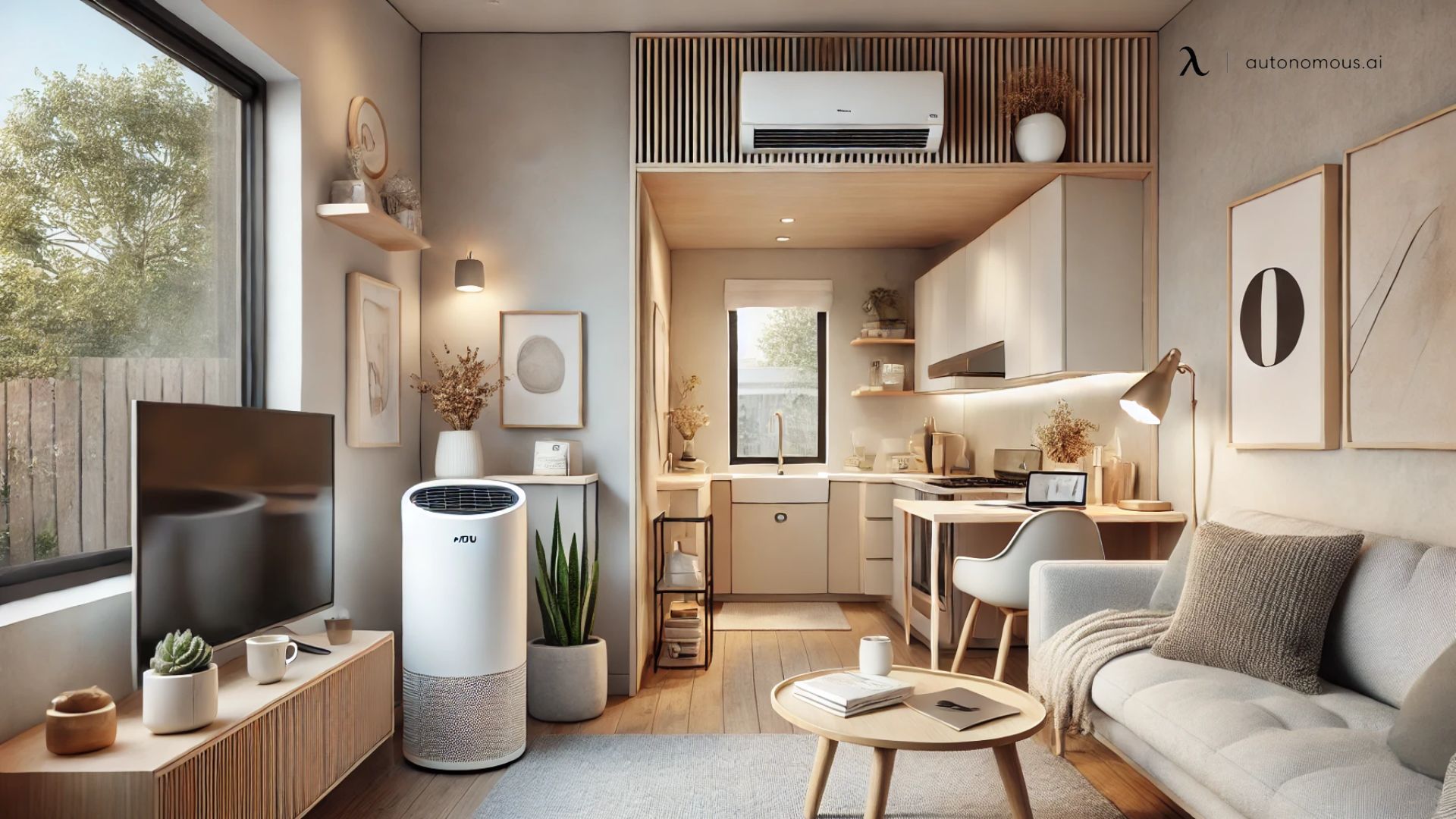
Choosing the Right Solar Shed Dehumidifier
Selecting the right solar shed dehumidifier depends on various factors, including the size of your shed, the climate in your area, and the specific features that will help maintain an optimal humidity level. Not all dehumidifiers function the same way, so understanding what works best for your situation ensures that your shed remains dry, mold-free, and protected from excessive moisture.
Capacity Considerations: Small vs. Large Sheds
The size of your shed determines the dehumidifier capacity you need.
- Small sheds (under 100 sq ft): A compact, low-power unit with basic moisture absorption is sufficient.
- Medium sheds (100-300 sq ft): Look for a mid-range unit with adjustable settings and a built-in humidity sensor.
- Large sheds (300+ sq ft): Choose a high-capacity dehumidifier with continuous drainage and strong moisture removal capability.
Direct Solar Operation vs. Built-In Battery Storage
A solar shed dehumidifier operates either through direct solar power or with an integrated battery storage system. Direct solar operation means that the dehumidifier runs only when sunlight is available. This setup is efficient in areas with consistent sunny weather, as it allows the unit to function during peak humidity hours. However, it also means that the dehumidifier will stop working as soon as the sun goes down or on heavily overcast days.
For those needing around-the-clock moisture control, a dehumidifier with battery storage is the better option. The solar panels collect and store excess energy in a rechargeable battery, allowing the unit to continue functioning during the night or on cloudy days. This is particularly useful in regions with fluctuating weather or in sheds where valuable items require consistent humidity regulation.
Key Features to Consider in a Solar Shed Dehumidifier
When selecting a solar-powered dehumidifier for your shed, look for these features:
- Automatic Shut Off – Turns off when the optimal humidity level is reached.
- Humidity Sensors – Monitors and adjusts moisture levels automatically.
- Drainage Options – Choose between manual draining or a continuous drain hose.
- Portability – If you want flexibility, a lightweight, portable unit may be preferable.

FAQs About Solar Shed Dehumidifiers
1. How do you dehumidify a shed?
You can dehumidify a shed by using a solar shed dehumidifier, improving ventilation, using moisture-absorbing materials like silica gel, or installing vents and insulation.
2. Will a dehumidifier work in a shed?
Yes, but traditional electric dehumidifiers require power. A solar-powered dehumidifier for a shed or office pod works best in off-grid locations while reducing energy costs.
3. Can you use a dehumidifier in a shed?
Absolutely. Using a dehumidifier in a shed removes excess moisture, prevents mold growth, and protects stored tools and equipment from rust and decay.
4. Can a solar dehumidifier run at night?
It depends on the model. Some solar dehumidifiers use built-in batteries to store energy, allowing them to function at night. Others run only when sunlight is available.
5. How much solar power is needed for a dehumidifier?
The power requirement varies based on the dehumidifier’s size and capacity. Most solar-powered dehumidifiers for sheds need 10-100W solar panels, depending on their moisture removal rate and battery setup.
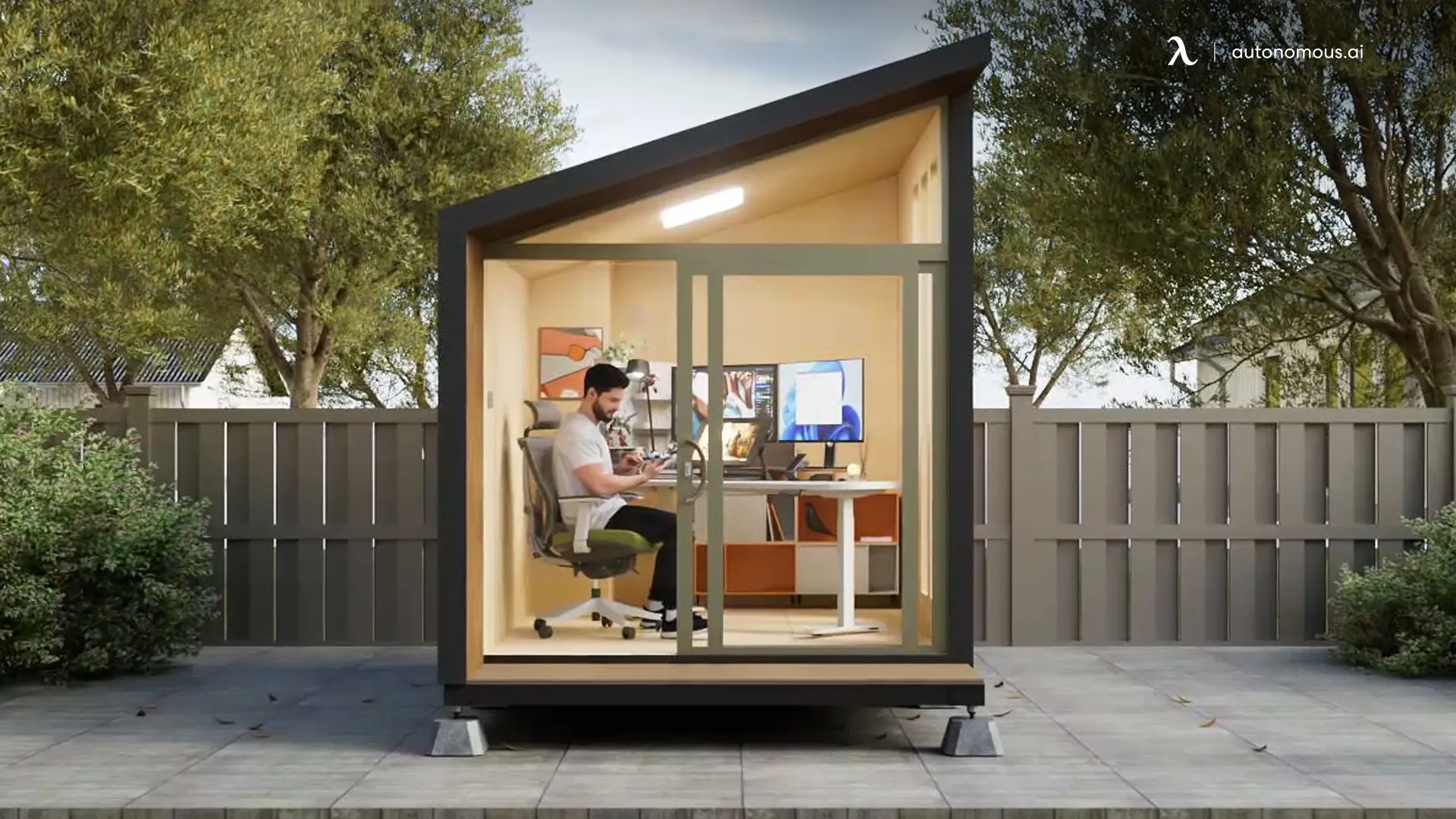
Conclusion
A solar shed dehumidifier is an effective, eco-friendly solution for controlling moisture levels in your shed. By using solar energy, it keeps your shed dry and mold-free without increasing electricity costs. Whether your shed is large or small, choosing the right solar-powered dehumidifier for your shed ensures that your tools, equipment, and stored items remain in perfect condition for years to come.
Stay connected with us!
Subscribe to our weekly updates to stay in the loop about our latest innovations and community news!
Interested in a Link Placement?
Spread the word
.svg)
.svg)



/https://storage.googleapis.com/s3-autonomous-upgrade-3/production/ecm/230914/bulk-order-sep-2023-720x1200-CTA-min.jpg)
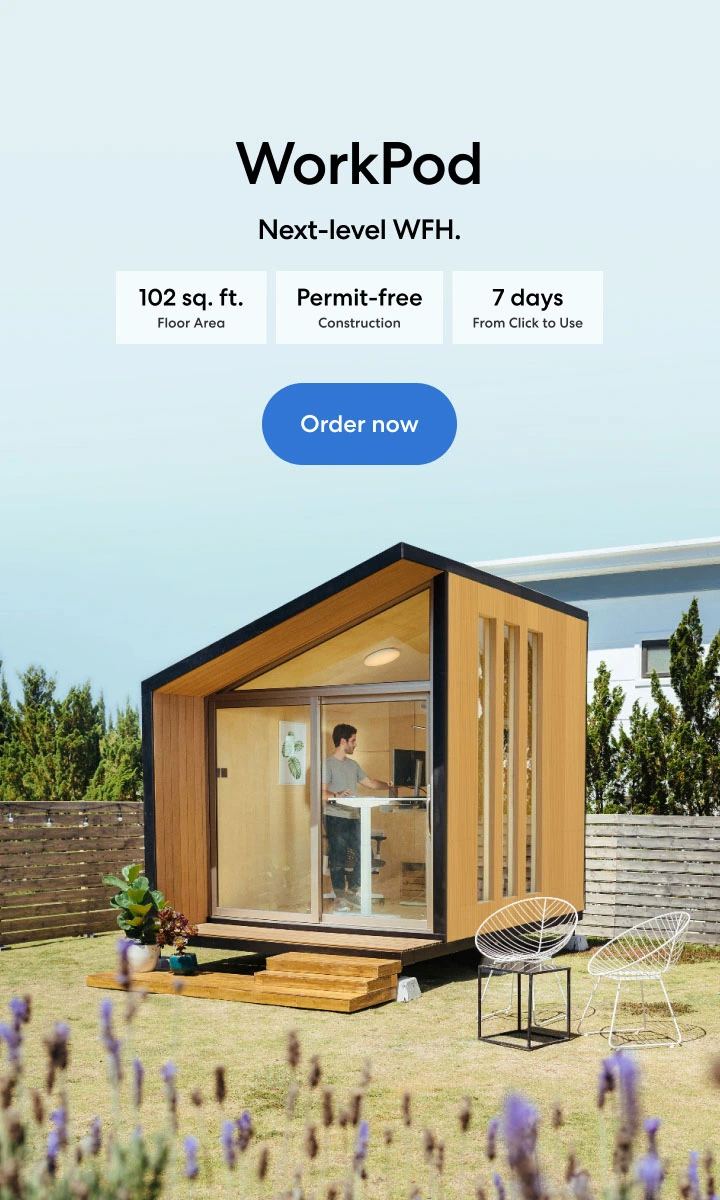
/https://storage.googleapis.com/s3-autonomous-upgrade-3/production/ecm/230824/image_78sctd8d_1692158325567_raw-80639991-bedf-4e11-a77c-1c8e0a351b40.jpg)